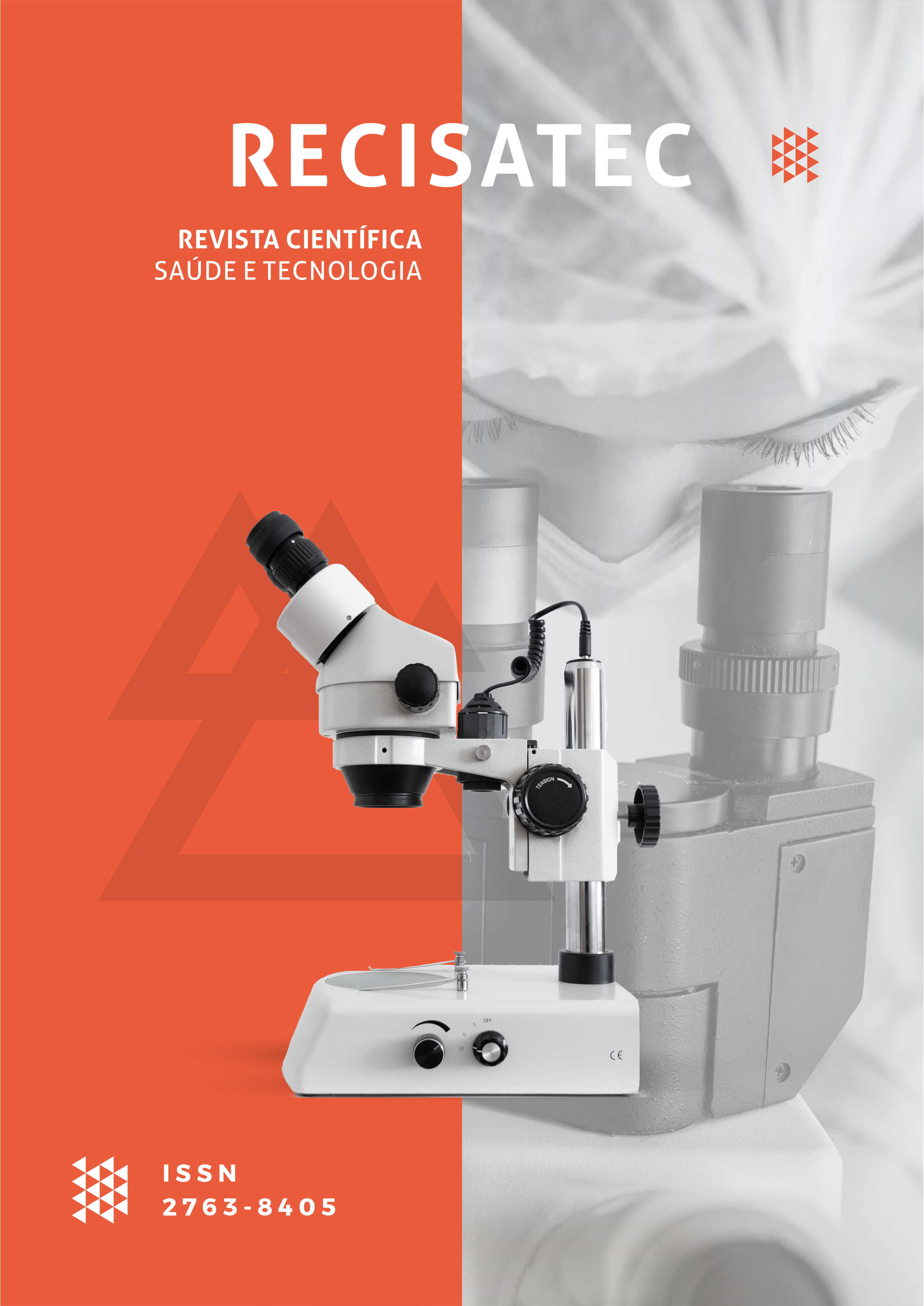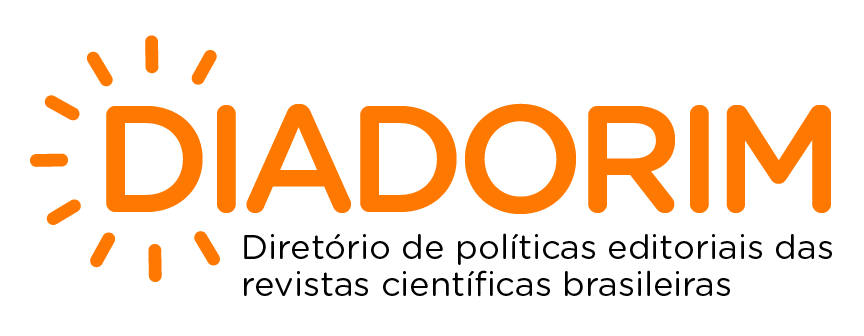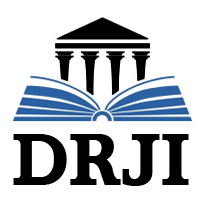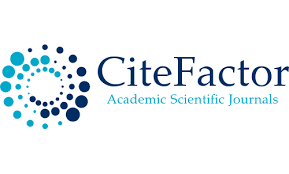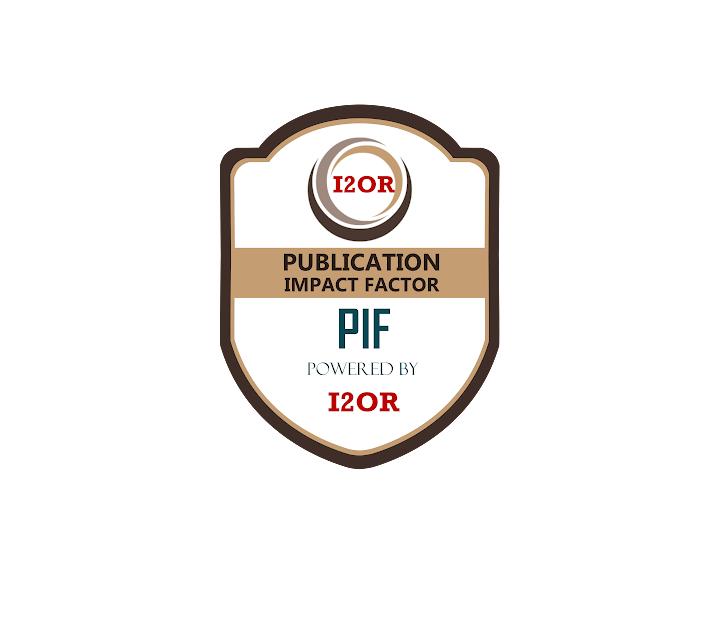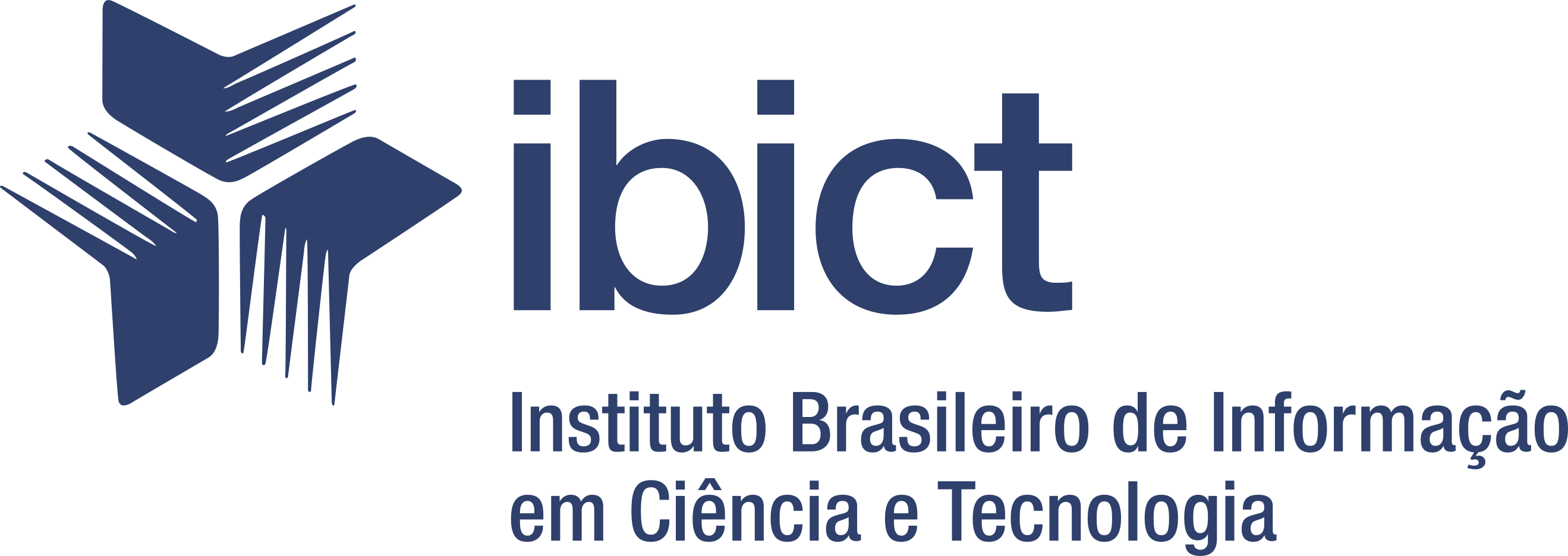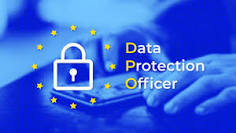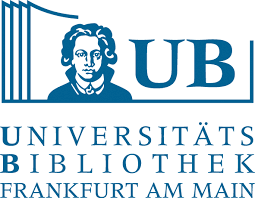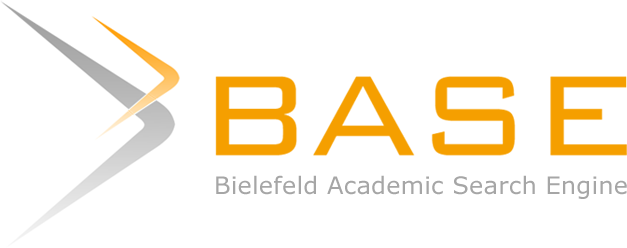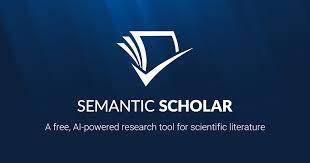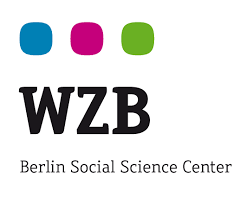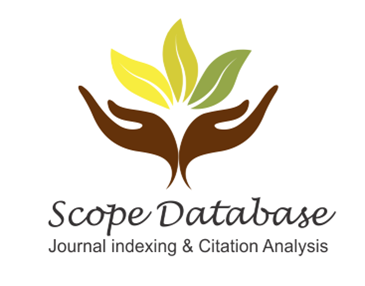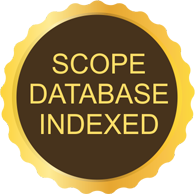IDENTIFICAÇÃO HUMANA DE CADÁVER EM ESTADO AVANÇADO DE PUTREFAÇÃO ATRAVÉS DE REGISTROS ODONTOLÓGICOS: RELATO DE CASO
DOI:
https://doi.org/10.53612/recisatec.v2i7.165Palavras-chave:
identificação humana, odontologia legal, perícia, odontolegista, radiografiaResumo
Fenômenos tanatológicos provocam alterações no corpo após a morte, inviabilizando exame papiloscópico para identificação humana. A perícia odontolegal assume papel de protagonismo na identificação humana quando métodos papiloscópicos são inviáveis. Nestes casos, o registro dos eventos odontológicos observados no exame pericial do cadáver é cotejado com dados individuais presentes em prontuário odontológico antemortem apresentados por familiares da suposta vítima. No presente relato de caso, um homem encontrado em avançado estado de putrefação foi submetido à perícia odontolegal, e seus dados comparados com dados no prontuário apresentado pelos familiares. A comparação de dados radiográficos teve especial significância no desfecho do caso e redação de laudo odontolegal. Averiguada a totalidade de equivalências de características, bem como ausência de incompatibilidades, restou demonstrado que a presença de dados odontológicos antemortem bem conservados, e devidamente acessados pelas famílias através de cirurgiões-dentistas são de vital importância para o sucesso da identificação. Radiografias assumem papel de protagonismo neste processo, uma vez que diferentes restaurações confeccionadas com o mesmo material apresentam contornos únicos em cada restauração ou prótese confeccionada, garantindo, assim, unicidade do conjunto de dados analisados.
Downloads
Referências
Andrade AM da C, Gomes J de A, Oliveira LKBF, Santos LRS, Silva SRC da, Moura VS de, et al. Odontologia legal – o papel do Odontolegista na identificação de cadáveres: uma revisão integrativa. Research, Society and Development. 2021;10(2):e29210212465–e29210212465. DOI: https://doi.org/10.33448/rsd-v10i2.12465
André RS, Moraes MG de, Azevedo RN de, Alexandria AK, Soares TRC, Tinoco RLR. O Cirurgião-Dentista Clínico e a Identificação Humana: a Importância do Prontuário Odontológico: Revista Naval de Odontologia. 2020;47(2):77–81. DOI: https://doi.org/10.29327/25149.47.2-9
Astekar M, Saawarn S, Ramesh G, Saawarn N. Maintaining dental records: Are we ready for forensic needs? J Forensic Dent Sci. 2011;3(2):52–7. DOI: https://doi.org/10.4103/0975-1475.92143
Carneiro APC, Filho JRL, Guimarães JATL. Registros Odontológicos para Fins de Identificação Humana. Brazilian Journal of Forensic Sciences, Medical Law and Bioethics. 2016;5(3):251–64. DOI: https://doi.org/10.17063/bjfs5(3)y2016251
Costa M, Santana G, Queiroz ED, Neto RS, Alencar A, Lima K, et al. Atuação do Cirurgião Dentista na Identificação Humana Post-Mortem: Revisão de Literatura. Revista Científica Semana Acadêmica 2019;1(178):1-28. DOI: https://doi.org/10.35265/2236-6717-semanaacademica-v1n178-13
Dário LTP, Simões PW, Ceretta RA, Cechella BC, Bernardi AV. A atuação do odontolegista do instituto médico legal de Florianópolis (SC) no processo de identificação post mortem. Revista de Odontologia da Universidade Cidade de São Paulo. 2016;28(1):17–23. DOI: https://doi.org/10.26843/ro_unicid.v28i1.227
Ehtisham M, Nissar S. Role of forensic dentistry in human identification: “Evidence that does not lie”. University Journal of Dental Sciences. 2016;1:66–74.
Forrest A. Forensic odontology in DVI: current practice and recent advances. Forensic Sciences Research. 2019;4(4):316–30. DOI: https://doi.org/10.1080/20961790.2019.1678710
Fortes ABC, Lima LNC, Furtado FMS. Análise da importância da documentação odontológica no processo de identificação humana no IMLde São Luís, Maranhão. Revista Brasileira de Odontologia Legal [Internet]. 2020;7(2): 22-32. DOI: https://doi.org/10.21117/rbol-v7n22020-292
Gioster-Ramos ML, Silva ECA, Nascimento CR, Fernandes CM da S, Serra M da C. Técnicas de identificação humana em Odontologia Legal. Research, Society and Development. 2021;10(3):e20310313200–e20310313200. DOI: https://doi.org/10.33448/rsd-v10i3.13200
Jayakrishnan JM, Reddy J, Vinod Kumar RB. Role of forensic odontology and anthropology in the identification of human remains. J Oral Maxillofac Pathol. 2021;25(3):543–7. DOI: https://doi.org/10.4103/jomfp.jomfp_81_21
Krishan K, Kanchan T, Garg AK. Dental Evidence in Forensic Identification – An Overview, Methodology and Present Status. Open Dent J. 2015;9:250–6. DOI: https://doi.org/10.2174/1874210601509010250
Paranhos LR, Caldas JCF, Iwashita AR, Scanavini MA, Paschini R de C. A importância do prontuário odontológico nas perícias de identificação humana. Revista da Faculdade de Odontologia - UPF [Internet]. 2009;14(1):14-17.
Prajapati G, Sarode SC, Sarode GS, Shelke P, Awan KH, Patil S. Role of forensic odontology in the identification of victims of major mass disasters across the world: A systematic review. PLoS One. 2018;13(6):e0199791. DOI: https://doi.org/10.1371/journal.pone.0199791
Silva RF da, Prado MM do, Daruge Júnior E. Quantos pontos de concordância são necessários para se obter uma identificação odontolegal positiva? Revista de Odontologia da Universidade Cidade de São Paulo. 2009;21(1):63–8. DOI: https://doi.org/10.26843/ro_unicid.v21i1.437
Silva RF, Dias PEM, Picoli FF, Rodrigues LG, Mundim-Picoli MBV, Rosário Junior AF do. Inconsistências antropológicas observadas em corpo putrefeito identificado por registros odontológicos - relato de caso pericial. RBOL. 2015; 2(1):125-136. DOI: https://doi.org/10.21117/rbol.v2i1.25
Silveira EMSZSF. Odontologia legal: conceito, origem, aplicações e história da perícia. Saúde Ética & Justiça. 7 de junho de 2008;13(1):33–6. DOI: https://doi.org/10.11606/issn.2317-2770.v13i1p33-36
Tinoco RLR, Martins EC, Jr ED, Daruge E, Prado FB, Caria PHF. Dental anomalies and their value in human identification: Case report. J Forensic Odontostomatol. 2010;38:39–43.
Waleed P, Baba F, Alsulami S, Tarakji B. Importance of Dental Records in Forensic Dental Identification. Acta Inform Med. 2015;23(1):49–52. DOI: https://doi.org/10.5455/aim.2015.23.49-52
Wescott DJ. Recent advances in forensic anthropology: decomposition research. Forensic Sciences Research. 2018;3(4):278–93. DOI: https://doi.org/10.1080/20961790.2018.1488571
Downloads
Publicado
Como Citar
Edição
Seção
Categorias
Licença
Copyright (c) 2022 RECISATEC - REVISTA CIENTÍFICA SAÚDE E TECNOLOGIA - ISSN 2763-8405

Este trabalho está licenciado sob uma licença Creative Commons Attribution 4.0 International License.
Os direitos autorais dos artigos/resenhas/TCCs publicados pertecem à revista RECISATEC, e seguem o padrão Creative Commons (CC BY 4.0), permitindo a cópia ou reprodução, desde que cite a fonte e respeite os direitos dos autores e contenham menção aos mesmos nos créditos. Toda e qualquer obra publicada na revista, seu conteúdo é de responsabilidade dos autores, cabendo a RECISATEC apenas ser o veículo de divulgação, seguindo os padrões nacionais e internacionais de publicação.

